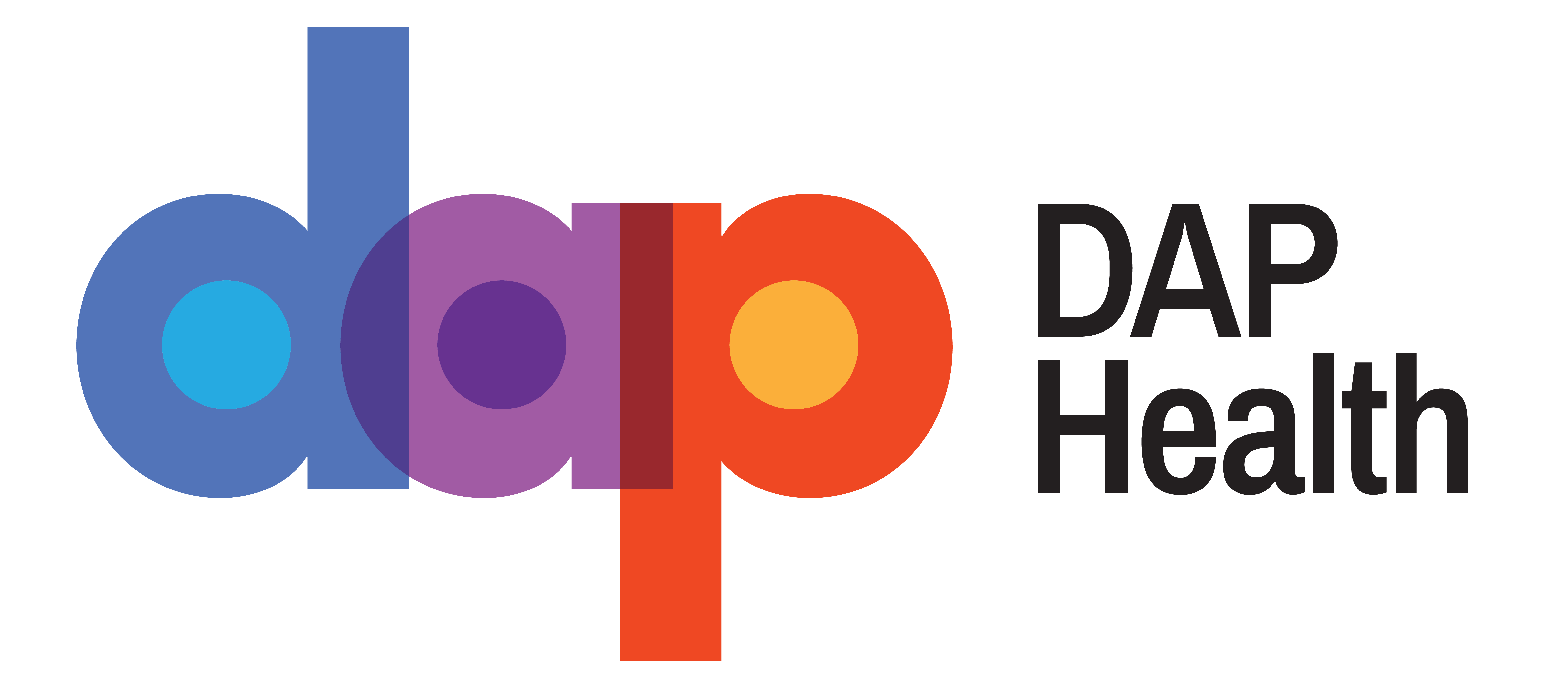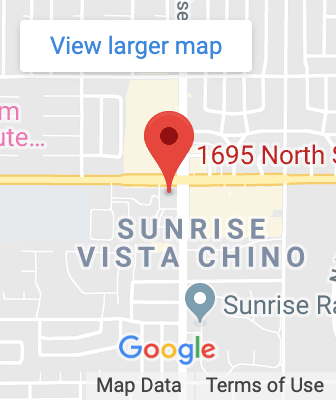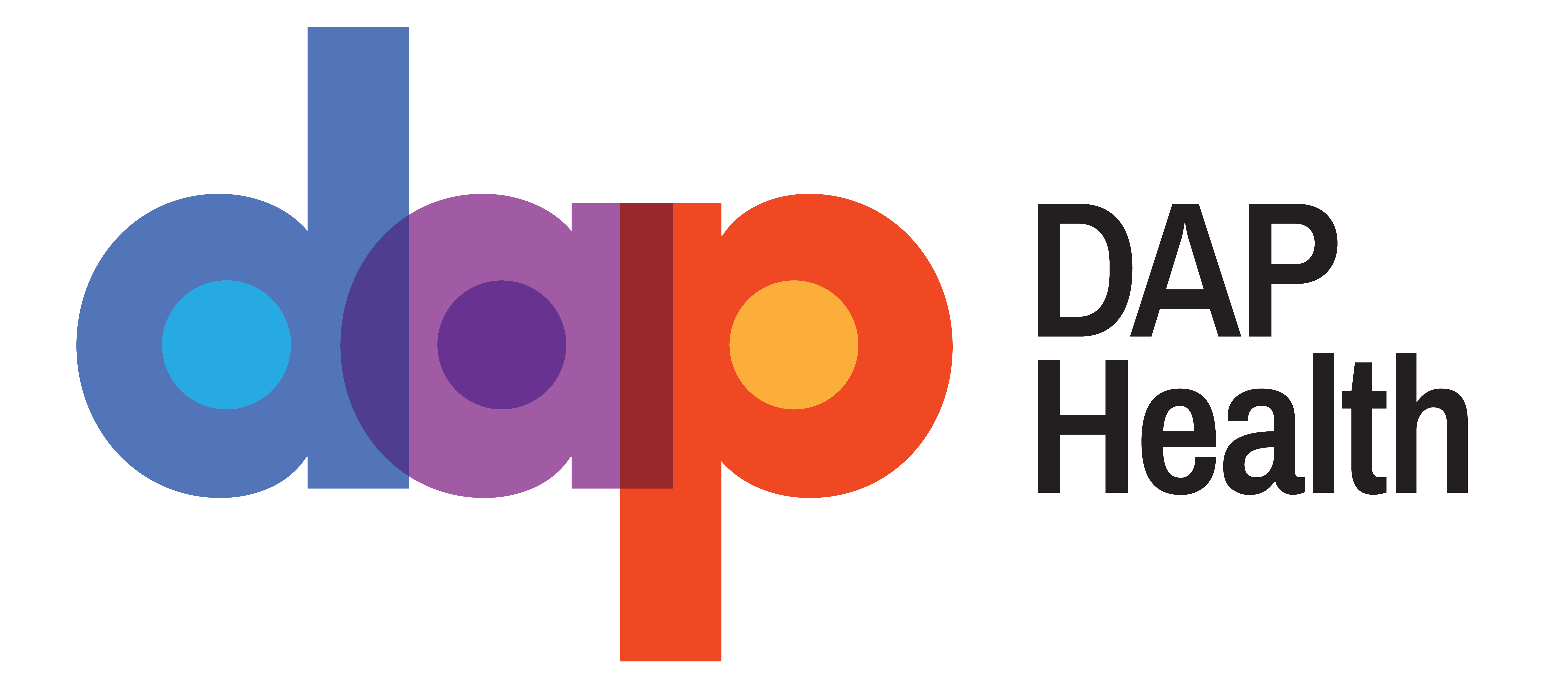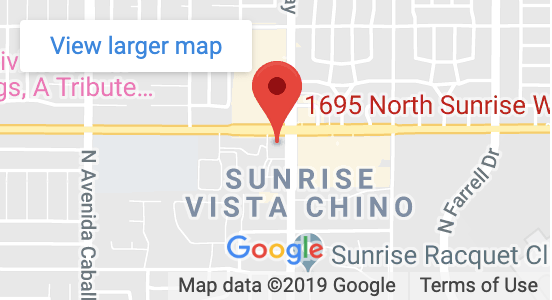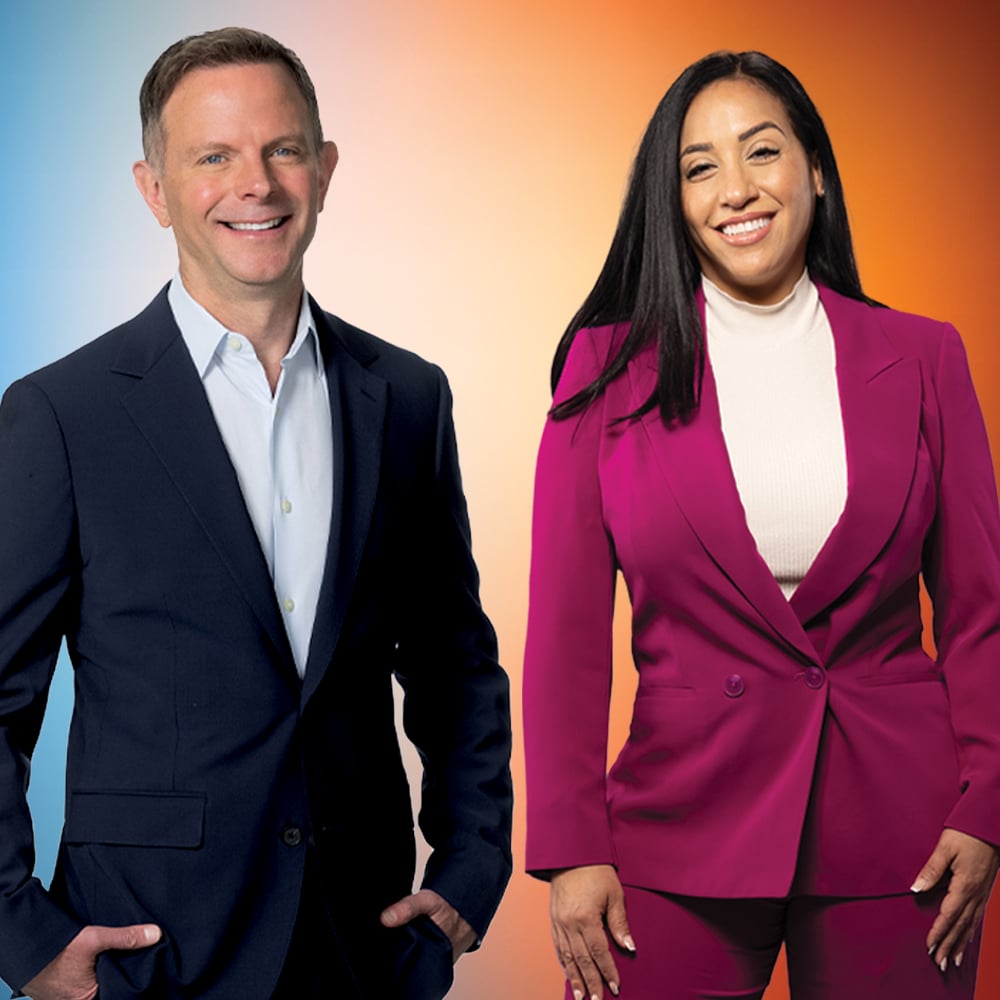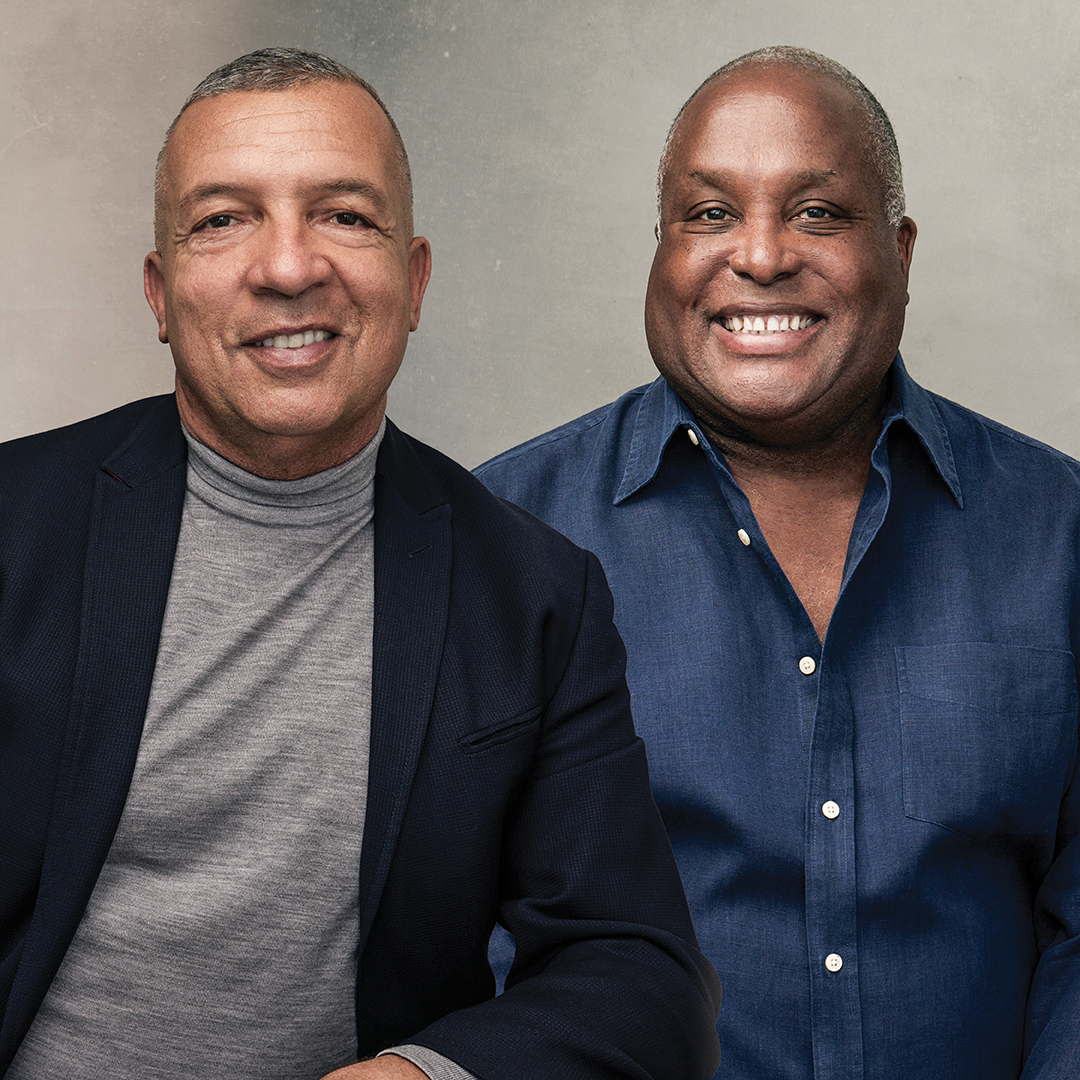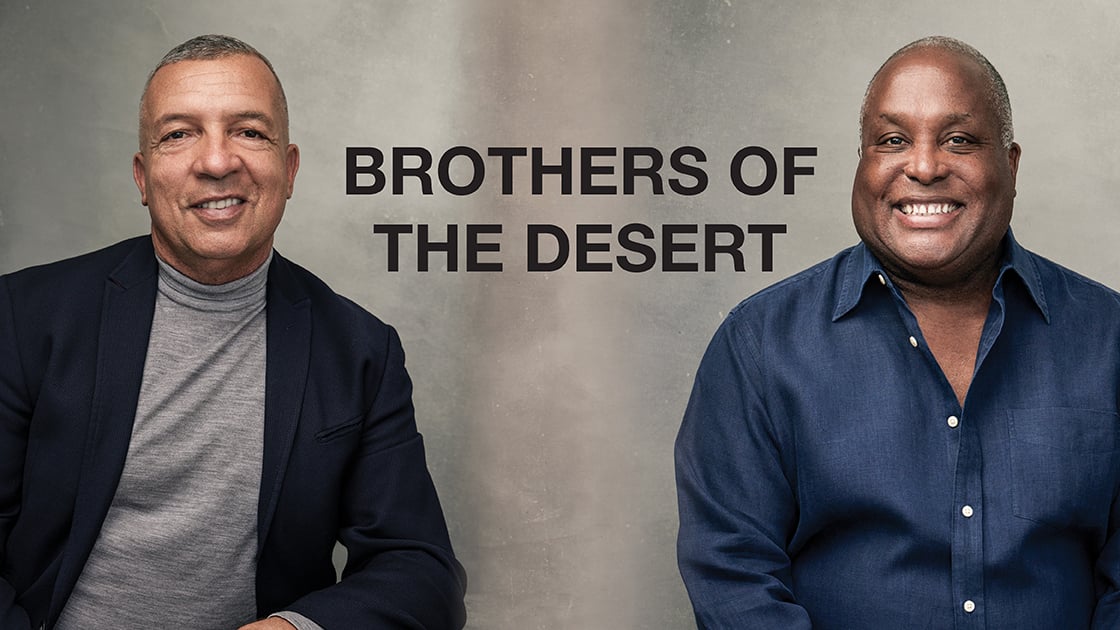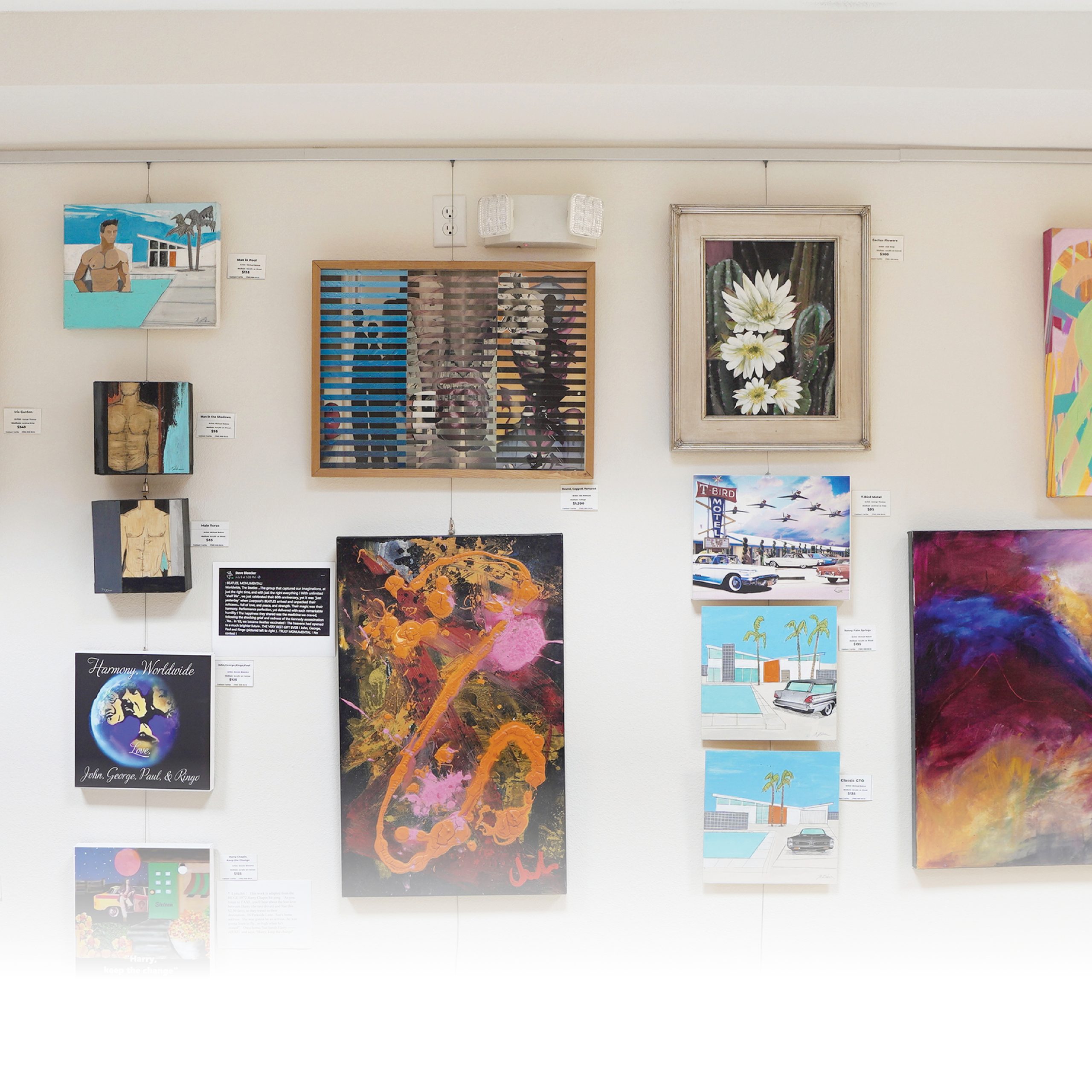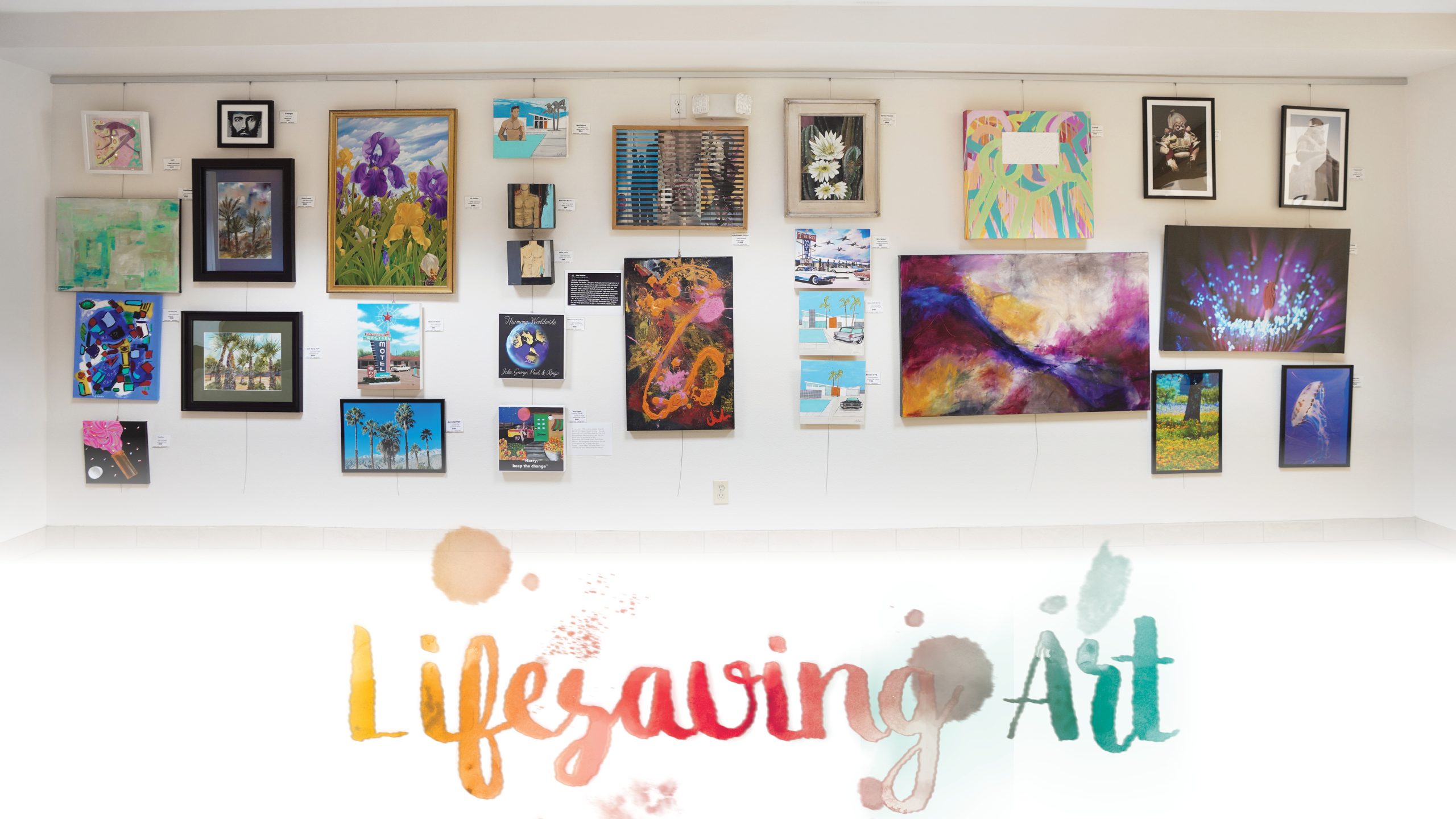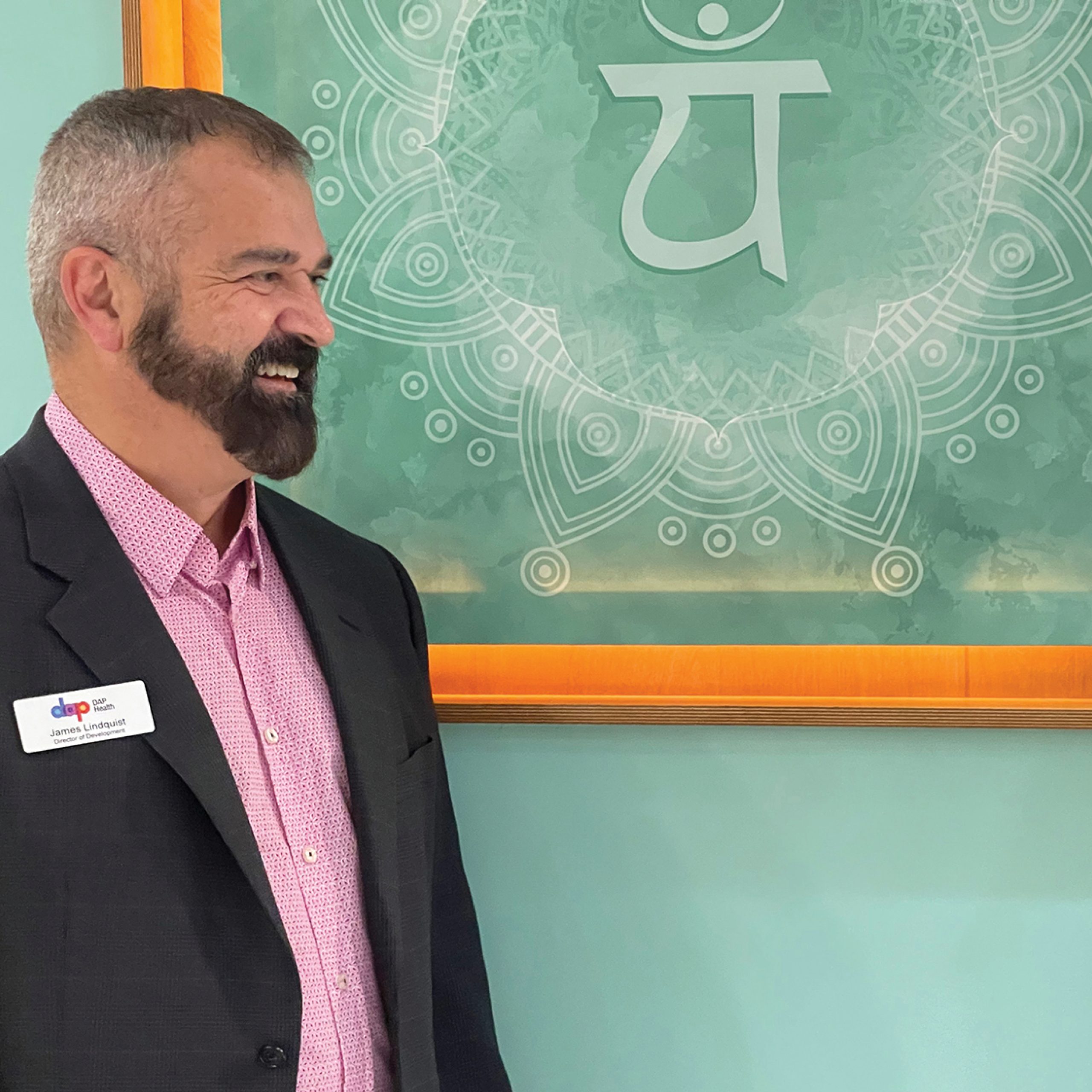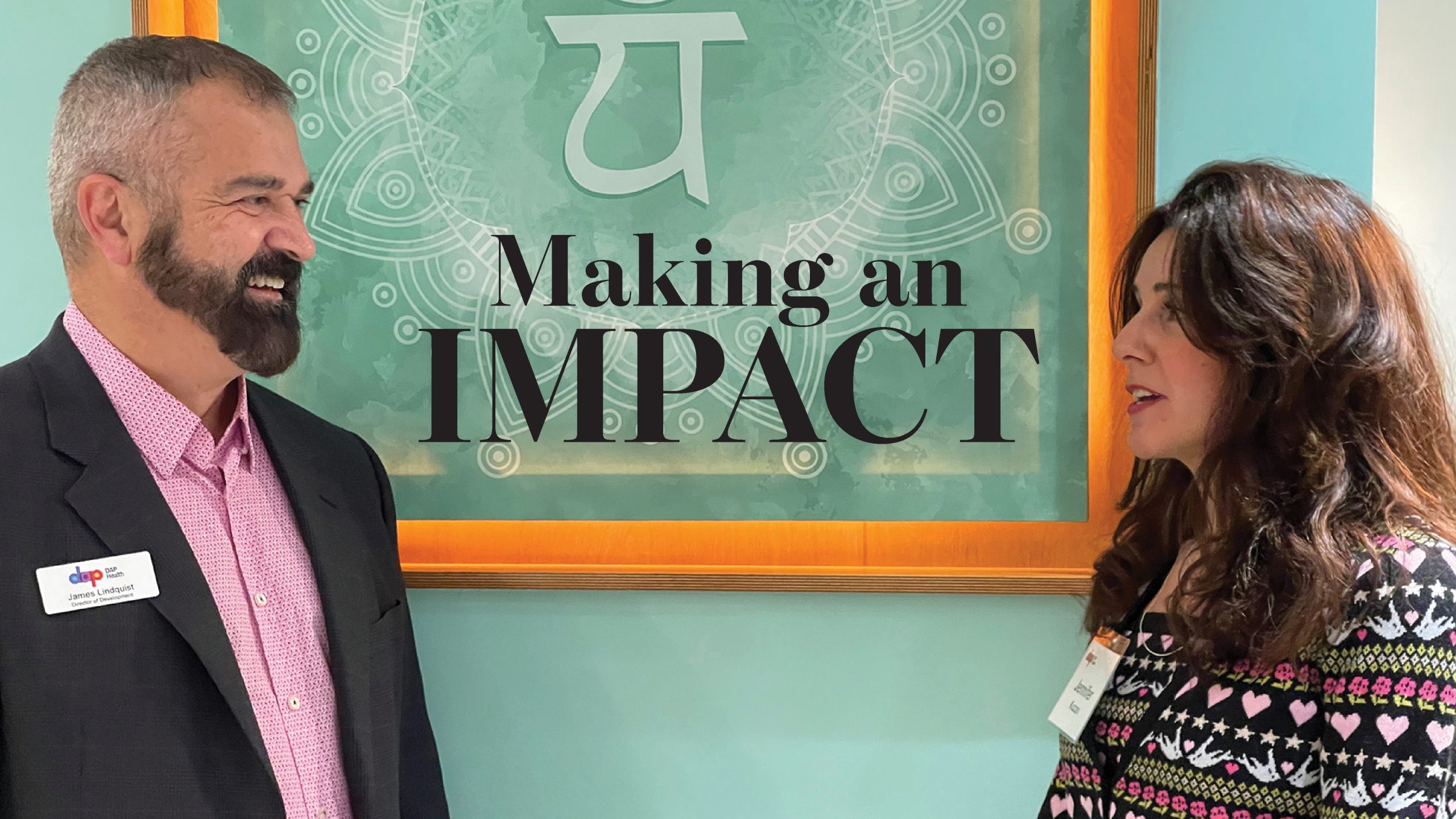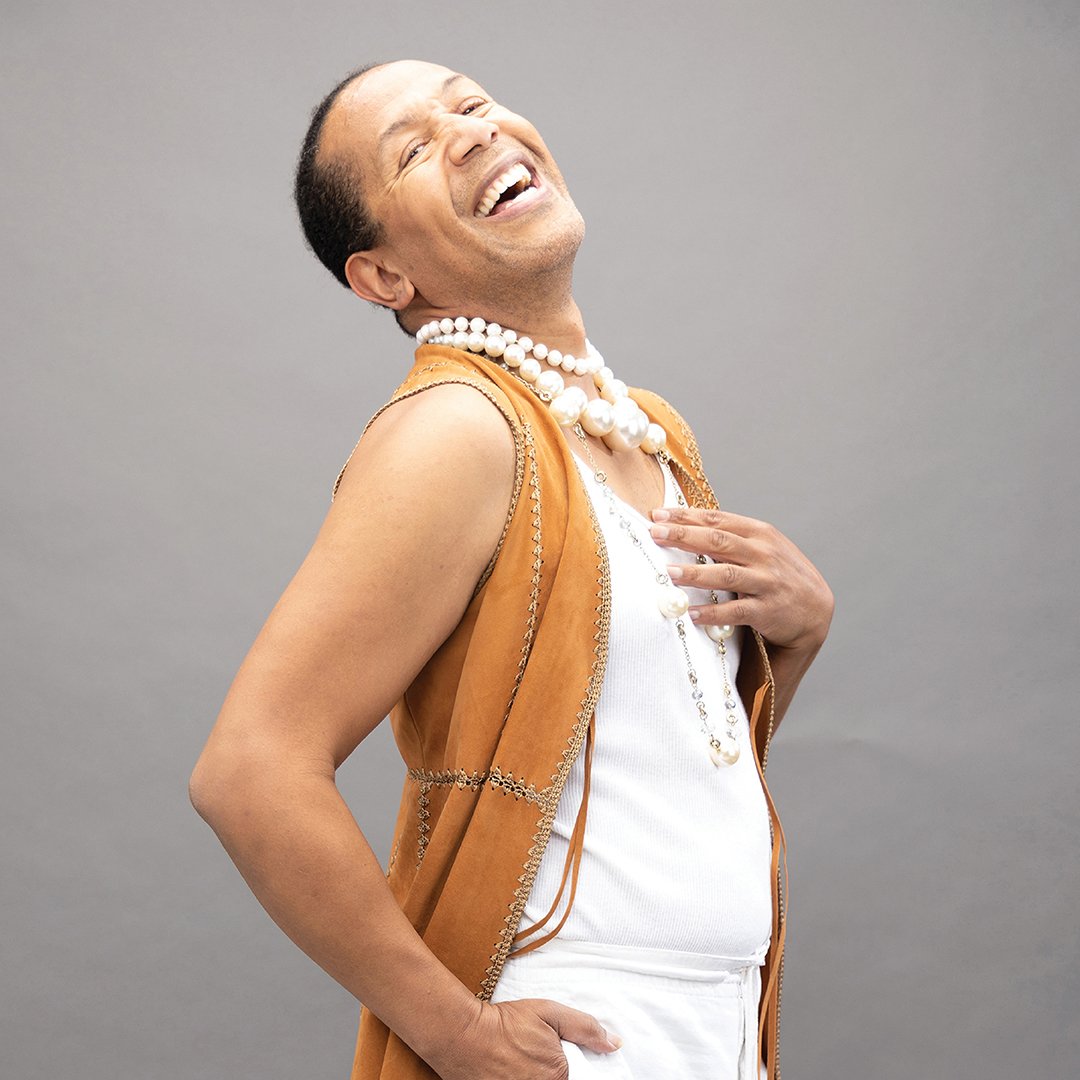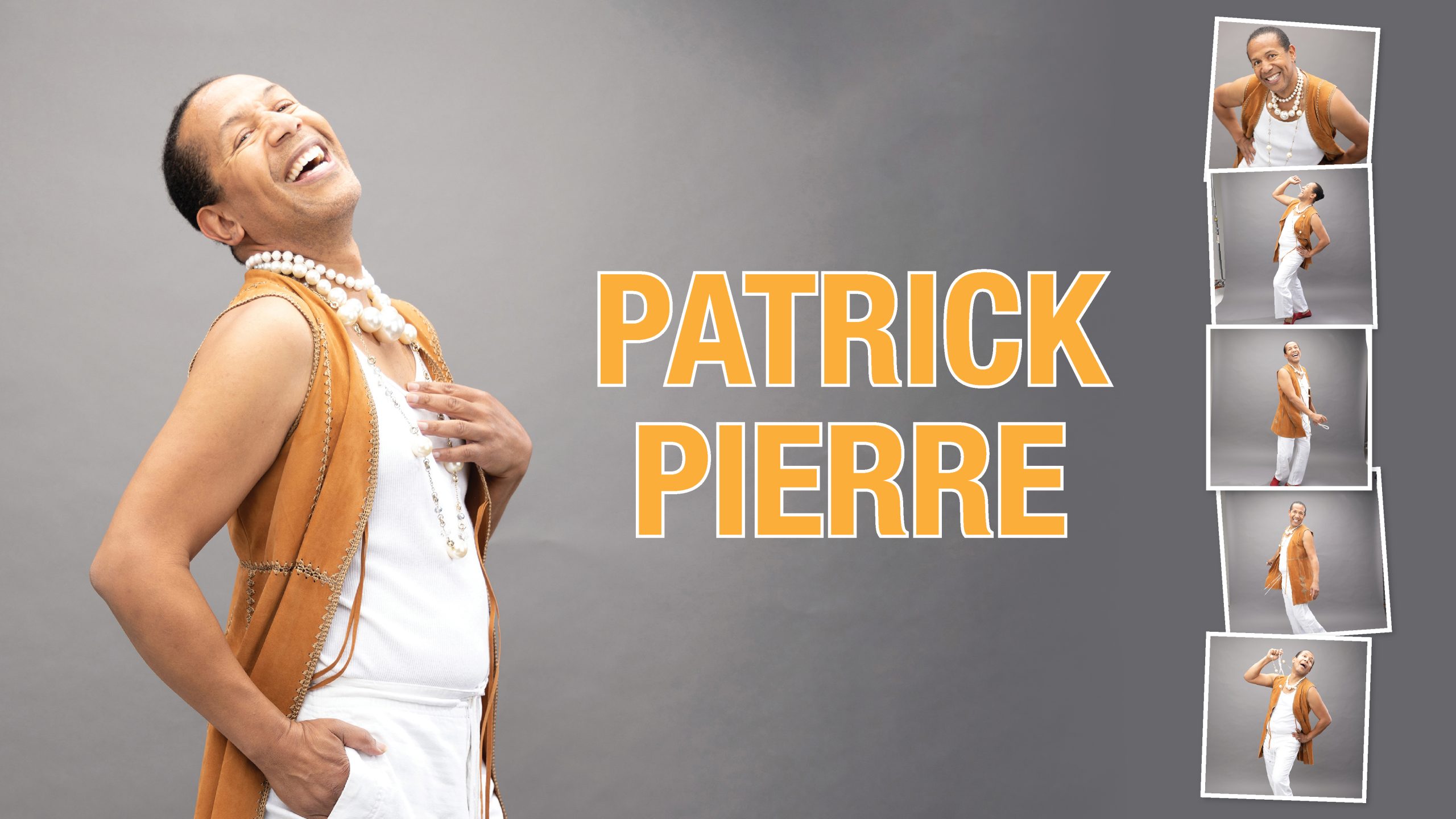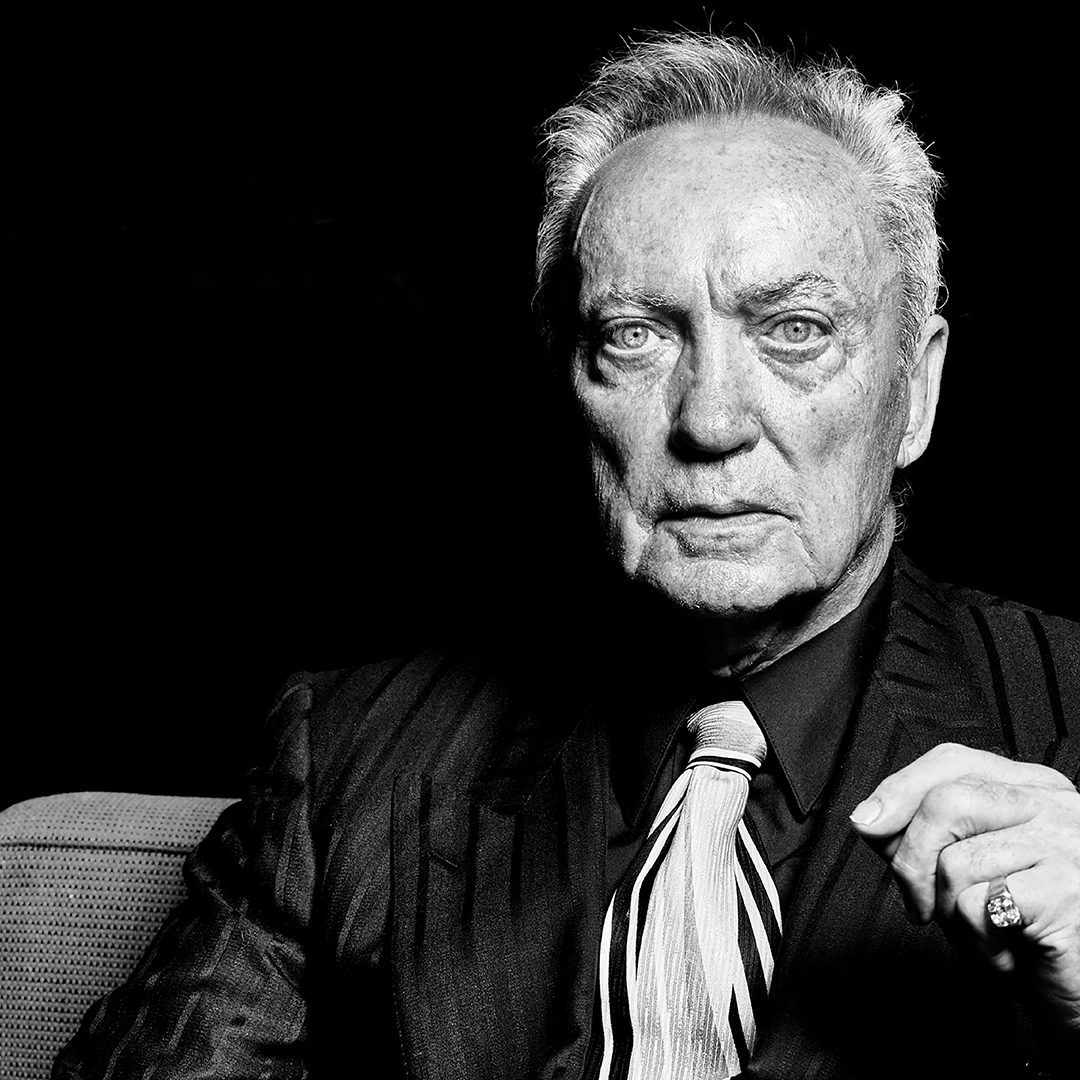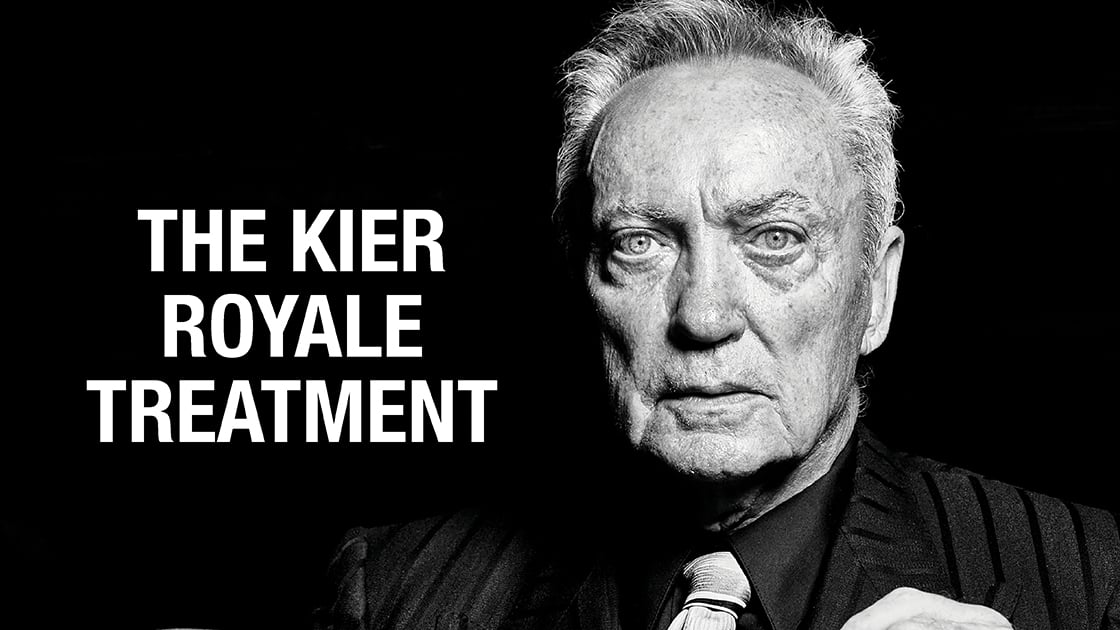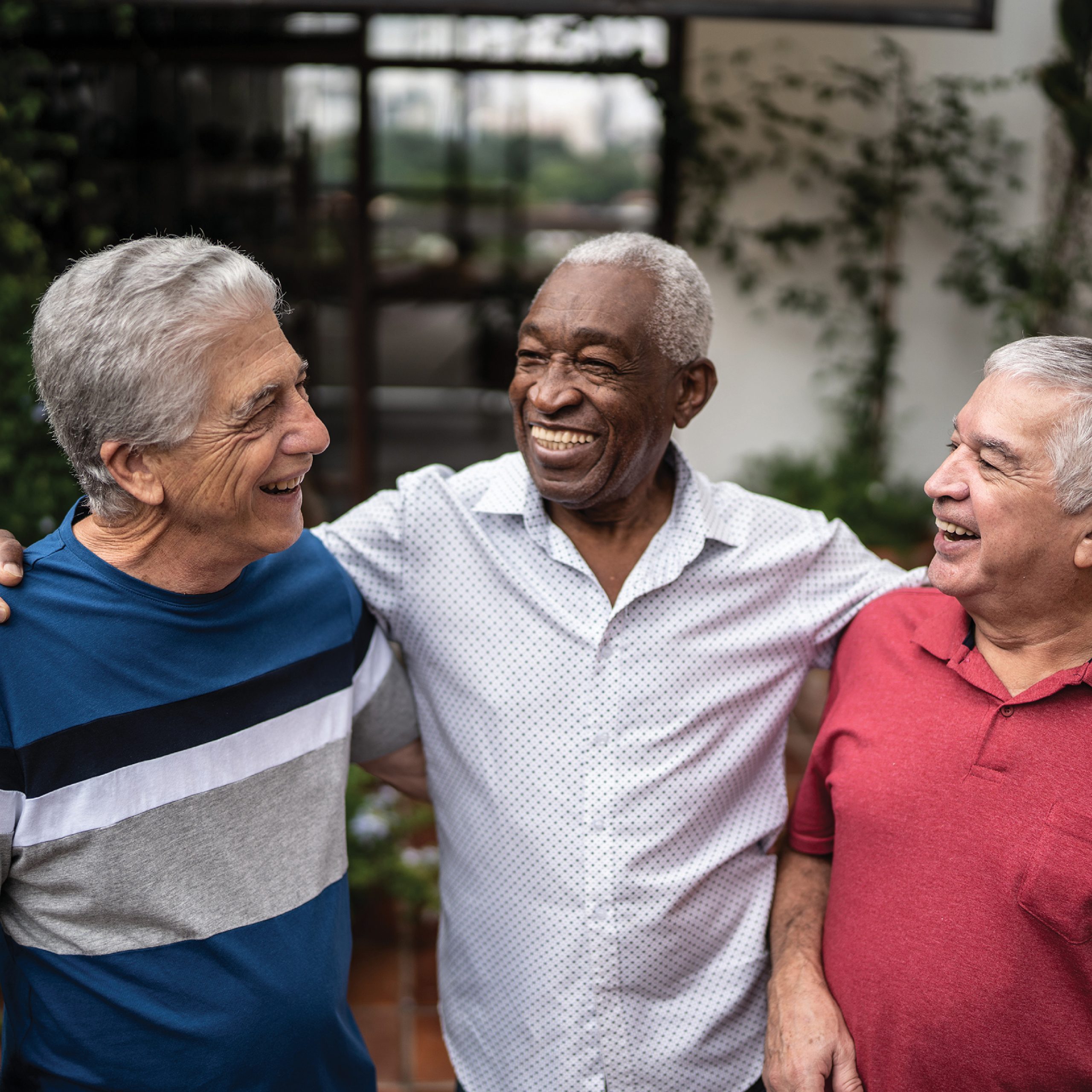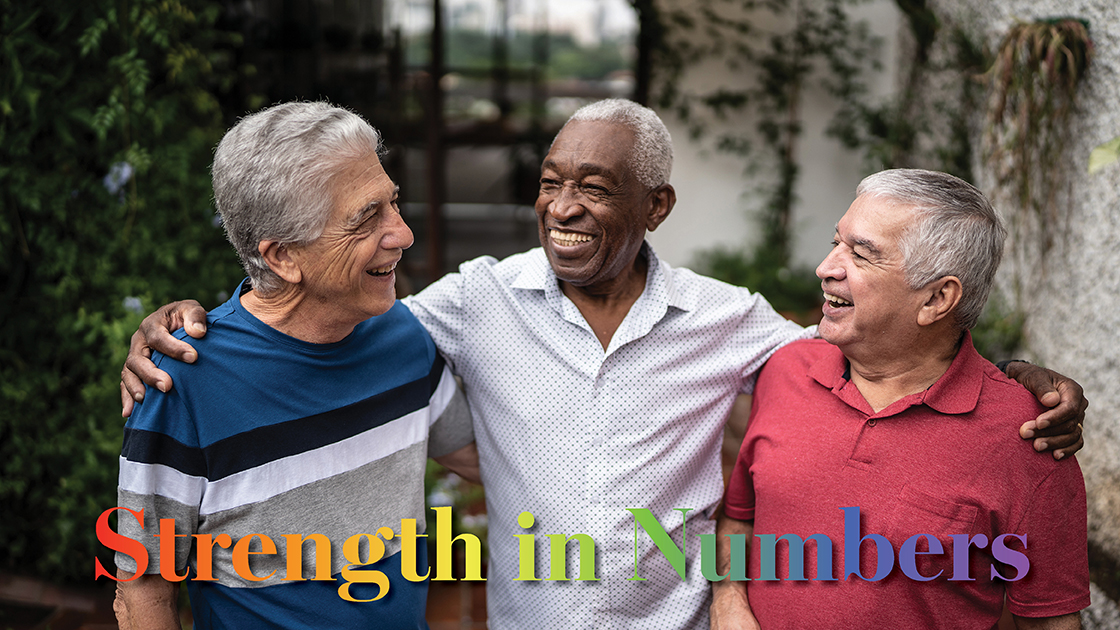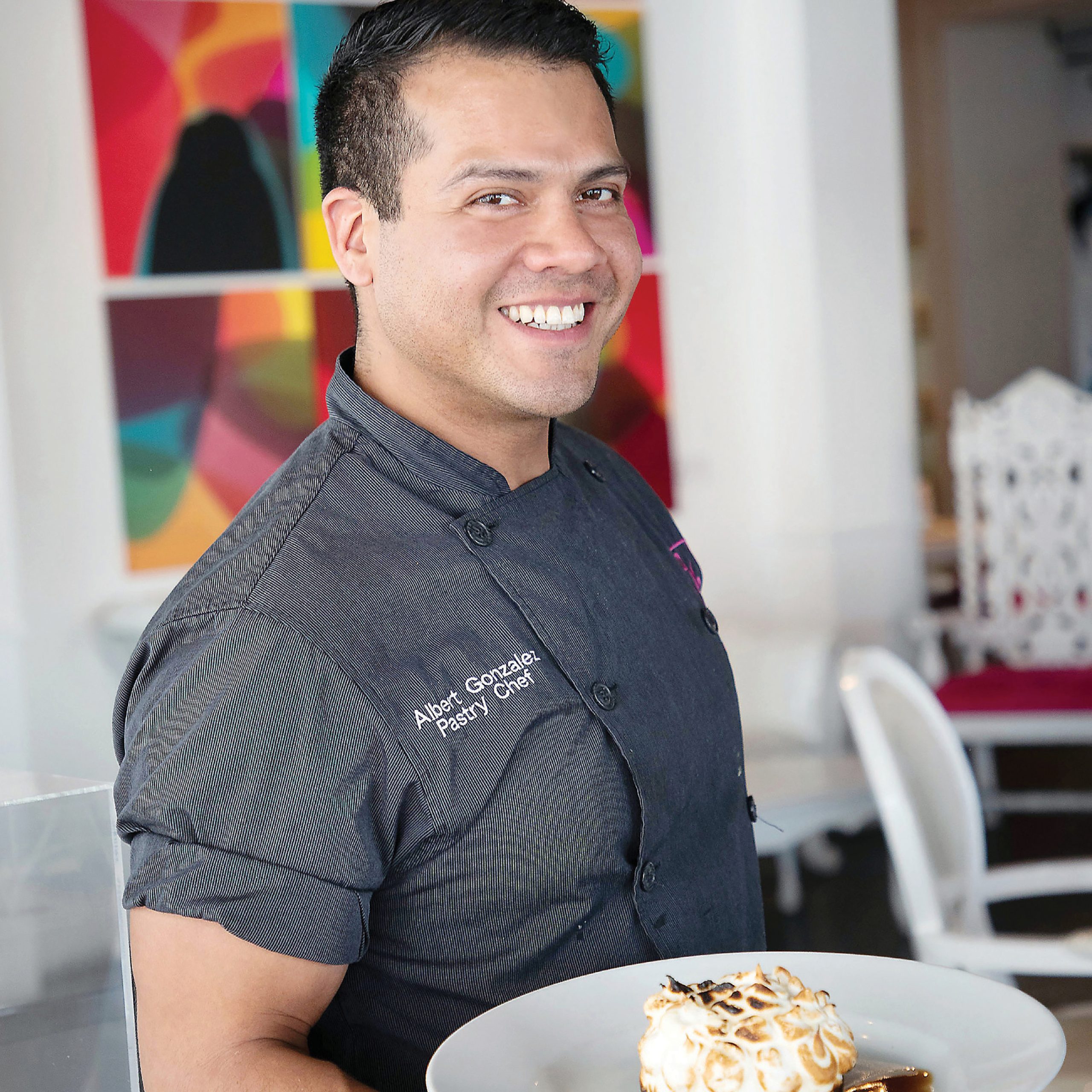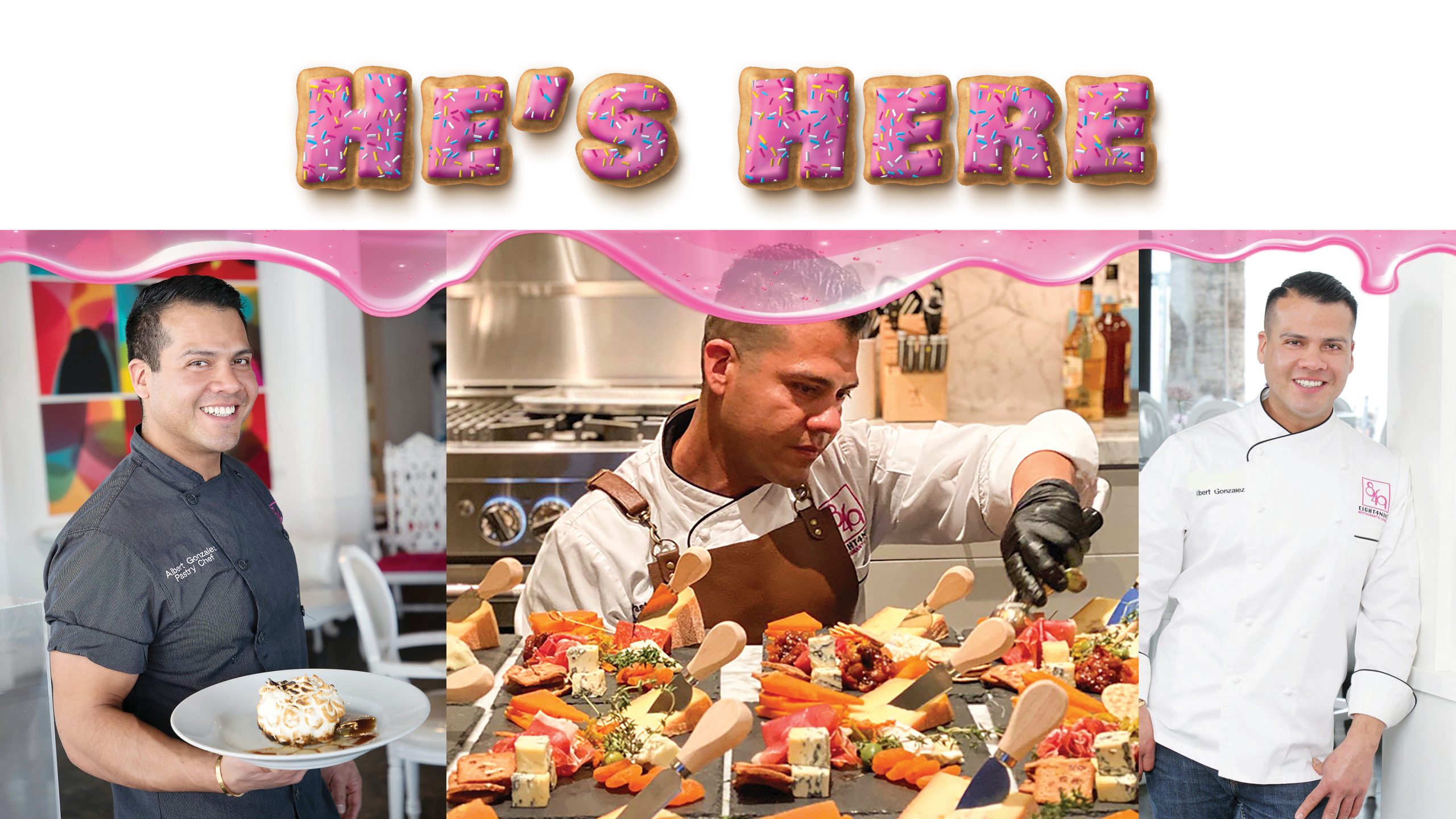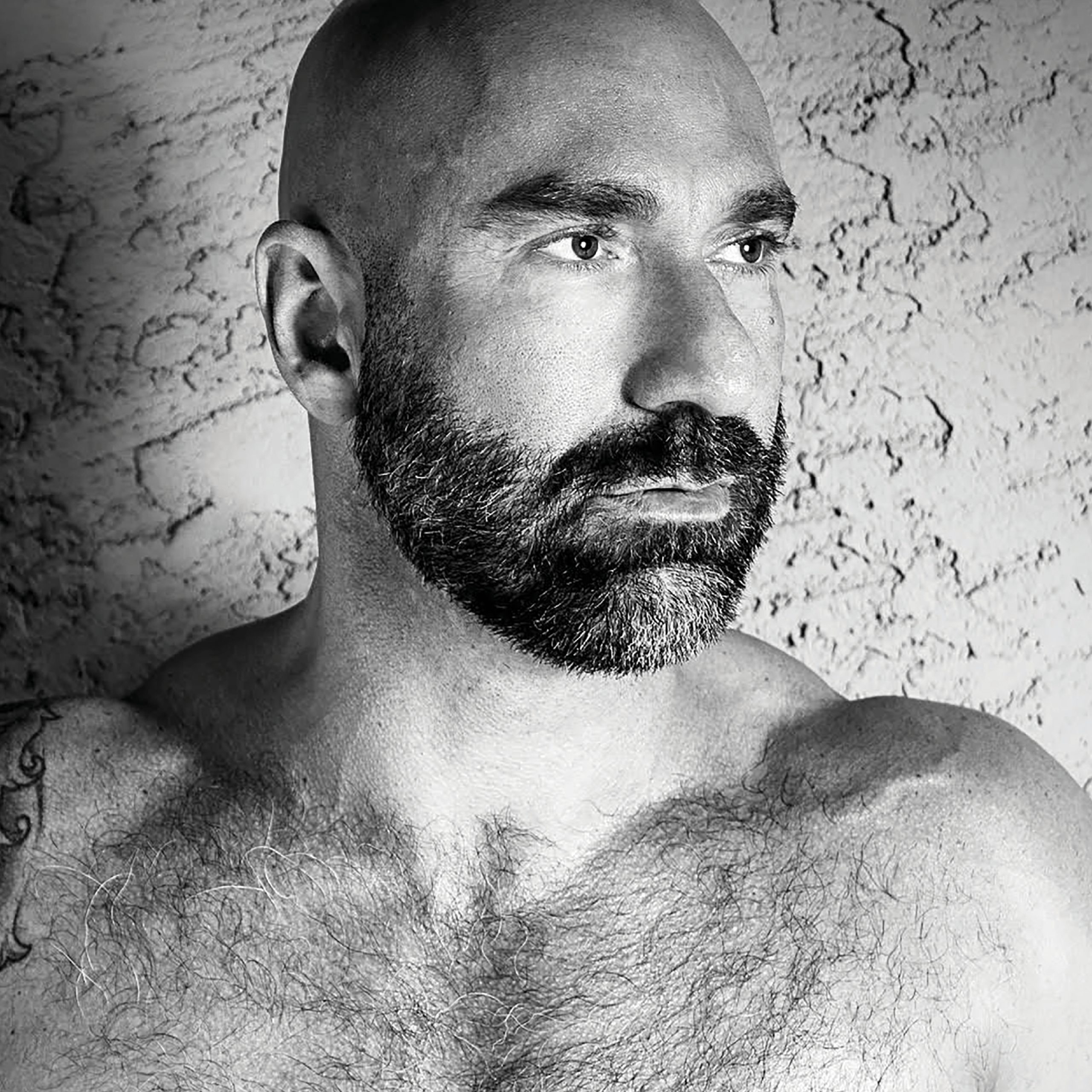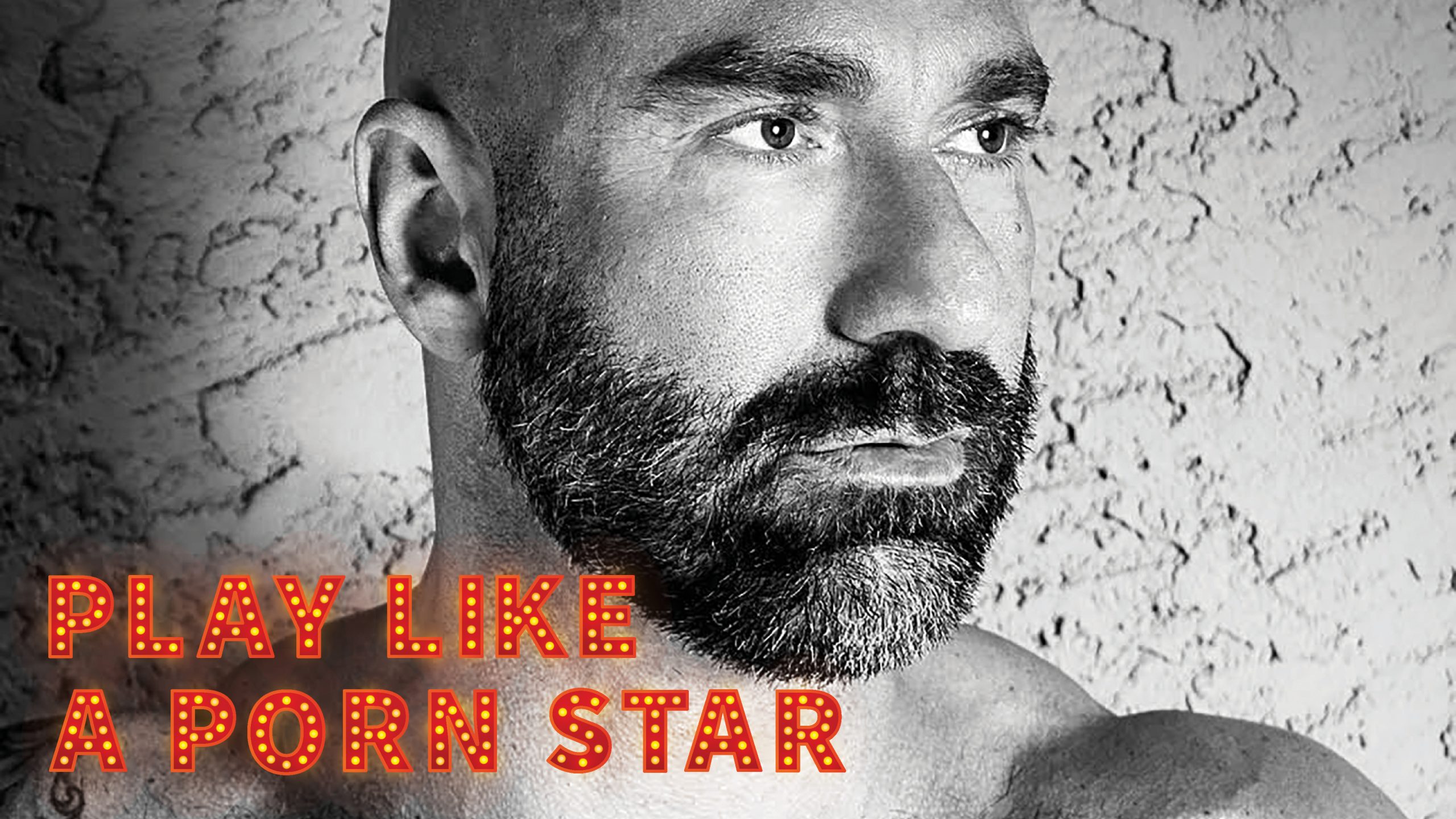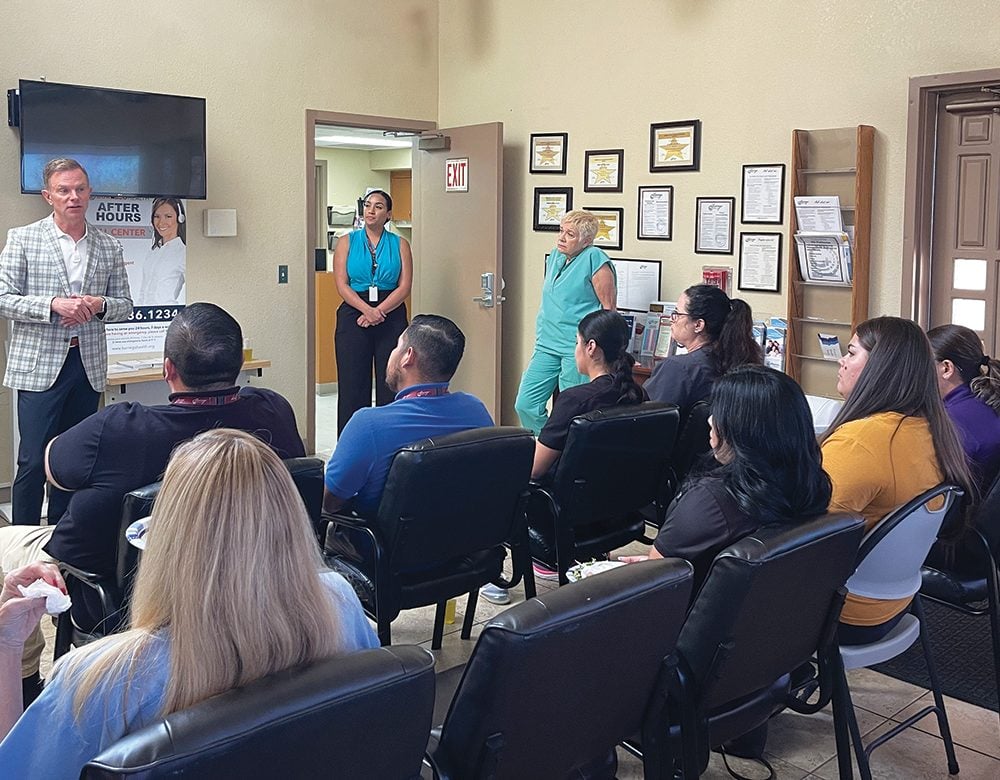
A Tale of Two Cultures
How DAP Health and Borrego Health married their expertise into one unified vision
As seen in Issue 4 of DAP Health magazine
Words by Barbara Kerr
At DAP Health’s Sunrise campus in Palm Springs, one client is receiving HIV specialty care and a connection to social services, including food and housing, as another receives gender-affirming care.
At Borrego Health’s Coachella Valley Community Health Center in Coachella, physicians are providing obstetrics, pediatric, and dental care for a migrant family, plus specialized care for a veteran’s family.
These stories reflect just a few of the comprehensive services provided by DAP Health, serving the Coachella Valley since 1984, and Borrego Health, serving Riverside and San Diego counties since the 1980s.
Now, the two organizations have become one, offering compassionate health care with dignity and respect across Southern California. Looking to the future, leaders of both organizations are committed to nurturing a true partnership.
Corina Velasquez has a unique understanding of the mission and culture of Borrego Health. Sixteen years ago, she joined the organization as a medical assistant. In 2021, she became its chief operating officer, a role she now fills at DAP Health. “I think the culture is in the need to deliver care to the underserved, making sure that you’re here for your neighbors, your friends, your family,” she says. “Because that’s who they are to our employees.
“This organization has been through a lot over the past couple of years, much like many other organizations in terms of COVID-19 and how that’s changed things. But with Borrego, it goes a step further with all the things we’ve had to deal with.”
Velasquez credits the staff for their dedication. “So many of them could have left. But when you look at the staff that are still here — and you ask about their tenure — it’s anywhere from five, 10, 15 years and climbing.”
To answer questions and ease concerns, Velasquez, Borrego Health Vice President of Clinic Operations Nereida “Nedy” Terrazas, and DAP Health CEO David Brinkman took part in an extensive listening tour prior to the official start of the two organizations joining forces. “We went to every single one of our brick-and-mortar clinics over the course of about five to six weeks,” Velasquez reveals. The goal was not only for Velasquez, Terrazas, and Brinkman to answer tough questions, but for the latter to start to get to know Borrego Health employees, and vice versa.
“It was very important to me to travel near and far, accompanied by Corina and Nedy, to visit the many people with whom we would soon be working so closely, in their own workplaces,” says Brinkman. “What was most moving to me was not only to see how long most have been in health care, but to witness firsthand the love and passion they have for the work; the dedication they have to the patients they feel it’s their duty and honor to serve. All of that was immediately apparent from our very first conversations.”
Velasquez believes DAP Health is a perfect partner in terms of patient care. “It is such an alignment of DAP Health’s ability to do the wraparound services — all of the things that are not direct patient care, from housing to food insecurity — and marrying that with Borrego’s ability to deliver complex care, from women’s health to pediatrics, adults, and specialty. I’m really excited for the future and what’s to come.”
Deanna Drake — who earned a master’s in public health from the University of Minnesota, Twin Cities — is a senior manager at Facktor Health, a nationally recognized consulting firm with expertise in development, innovation, and integration for federally qualified health center (FQHC) health plans and hospitals. The company has been supporting DAP Health and Borrego Health throughout this integration, and will continue for the foreseeable future.
Drake notes that both organizations were established to meet an unmet need for a population that didn’t have access to care. “I think what’s really similar is how they started — their motivations for caring for people,” she says. “And what’s changed, over time, is who those populations are.
“Many people choose to continue working at these two organizations for the exact same reason. They’re passionate about caring for their patients. And those are patients who are typically quite underserved, vulnerable, and subjected to marginalization or discrimination.”
What does that mean to those who turn to the new, blended organization for care and support? “Say you’re a busy mom and you’ve got three kids,” Drake suggests. “You want to know: When I call to make an appointment for my child, is it the same phone number? Can I use my same insurance? Will my doctor or my nurse practitioner be there?
“They want that stability — that reassurance that the care they’ve been receiving will continue and it’s as accessible as it always has been. They want to hear, ‘I’ll be here for you. Yes, it’s the same phone number. Yes, you can use your same insurance.’ It’s really important to get that information to those patients directly through their providers.”
What could the health care partnership look like within the two years? Drake has a powerful and inspiring vision. “It’s an organization filled with very talented leaders — and very mission-driven staff — who have learned from each other to create a system that is truly exemplary,” she said.
Looking to the future, Drake says, “In terms of the quality of the care they’re providing, the quality of their facilities, the excellence in their approach to social determinants of health, they’ve taken the best of both entities and blended that into a strong, unified vision and a mission-driven organization.”
Timeline
September 12, 2022
Borrego Health files for bankruptcy and solicits potential acquisitors to assimilate its assets, and to serve its more than 100,000 patients (which include people of all genders, as well as children — individuals as diverse as migrant farmworkers in rural areas to refugees and recent immigrants in urban settings).
February 5, 2023
DAP Health makes public the fact that — having retained Facktor Health (a firm with expertise in FQHC acquisitions) and having formed an alliance with fellow regional FQHCs Neighborhood Healthcare and Innercare — it has made a bid to absorb Borrego Health in order to advance DAP Health’s nearly 40-year-old mission of protecting and expanding health care access, especially for marginalized populations.
February 15, 2023
The Borrego Health board of trustees selects DAP Health to absorb the Borrego Health system based on a process conducted through Borrego Health’s Bankruptcy Court proceedings. The final sale is still subject to the approval of both the Bankruptcy Court and the Health Resources & Services Administration (HRSA).
March 1, 2023
The Bankruptcy Court approves DAP Health’s bid to acquire all assets of Borrego Health, launching a regulatory transition process involving the California Department of Health Care Services (DHCS) and HRSA.
Working with the consultants at Facktor — and having created various committees devoted to human resources, communications, IT, operations, etc. — DAP Health works through not only its DHCS and HRSA requirements, but the logistics involved in hiring Borrego Health’s 600 employees, all of whom are offered positions at DAP Health.
DAP Health and Borrego Health leaders — in addition to that at Innercare and Neighborhood Healthcare, plus Facktor consultants — focus on implementing a well-thought-out plan that will lead to the smoothest transition for all involved.
July 31, 2023
HRSA officially approves the absorption of all Borrego Health assets by DAP Health.
August 1, 2023
DAP Health and Borrego Health begin operating as one integrated health system.
Information for Patients
Does DAP Health own Borrego Health?
Yes. DAP Health purchased Borrego Health and is responsible for managing all Borrego Health employees and for operating all Borrego Health clinics.
Why did DAP Health choose to acquire
Borrego Health?
DAP Health chose to acquire Borrego Health to protect and expand care for Borrego Health patients, and to increase its footprint so it can bring its award-winning, holistic, patient-centric model of care to more communities throughout Southern California.
Is the name of any DAP Health and/or Borrego Health clinic/center changing?
No. For at least the next 12 months, each clinic/center will retain its original name, branding, and signage.
How will this acquisition affect patient care?
Programs and services for all DAP Health and Borrego Health patients will remain the same everywhere, and in many cases will be improved as DAP Health adds more providers and support staff. There will be no interruption in care, which patients can access as they normally have.
Will patient care teams remain the same, and will patients retain their same provider/doctor?
Yes. All providers and care teams are now employees of DAP Health. However, most will continue to serve at the clinics where they have been working and caring for patients.
Will all Borrego Health and DAP Health clinics/centers have access to all patients’ medical records?
Yes. Once you are registered as a patient at the clinic, you can authorize staff to request your records.
Can a patient transfer their care between Borrego Health and DAP Health?
Now that DAP Health and Borrego Health are one system, any patient who wishes to visit another clinic location should call to speak to a representative about registering at that clinic as a patient.
Will there be changes in insurance requirements?
No. All insurance requirements remain the same.
Do existing Borrego Health patients need to change the facility name on their insurance card if they want to be seen at DAP Health?
No. Existing patients can continue to use their current insurance cards. Only new enrollees will be issued a new card that indicates that DAP Health is their medical home.
